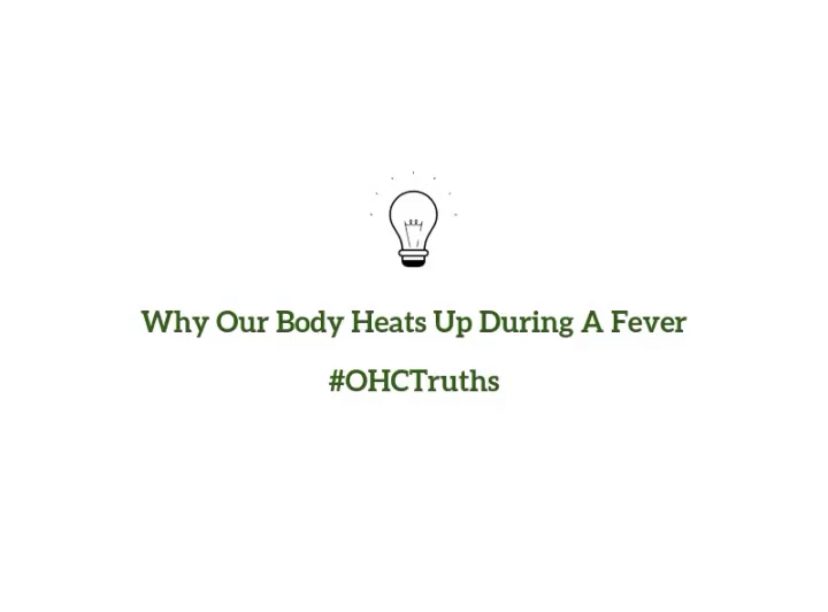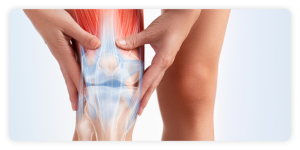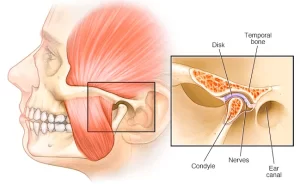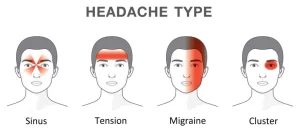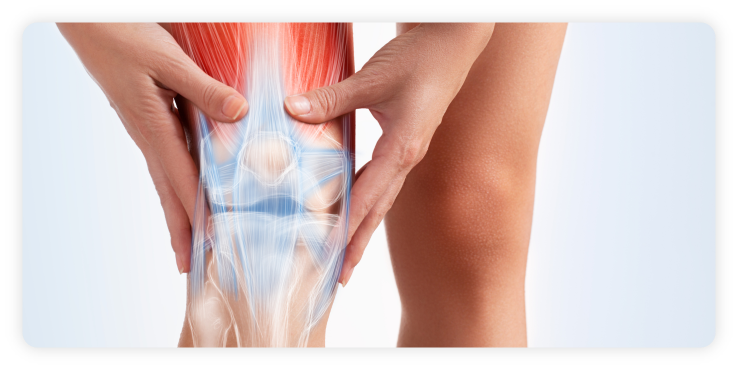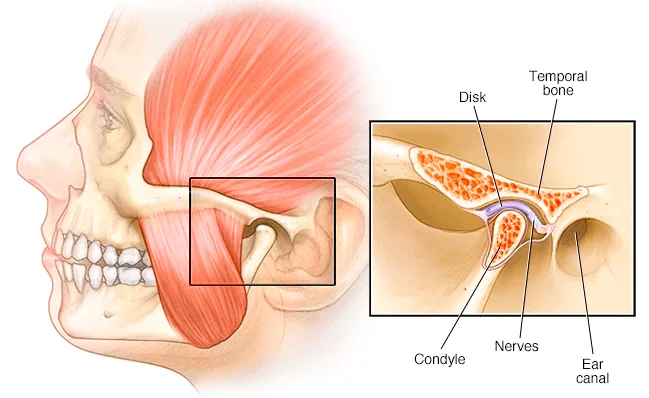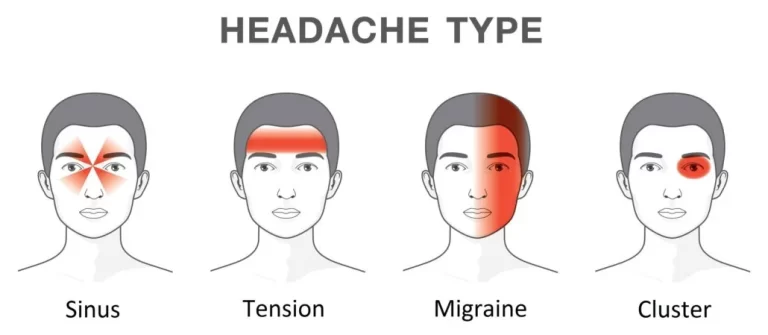Why our body heats up during a fever?
A fever is our body’s response against an infection. When we are attacked by an invader, our body reacts by raising the temperature to try and kill it. Our normal body temperature is generally around 36 degrees Celsius. A fever would usually occur above 37 degrees Celsius.
What causes a fever?
A fever is caused by chemicals known as pyrogens flowing in the bloodstream. Normally, pyrogens help the immune system by fighting infectious agents such as bacteria and viruses which are sensitive to temperature changes. The hypothalamus in the brain is in charge of regulating body temperature and acts as the body’s thermostat. When pyrogens bind to certain receptors in the hypothalamus, our body temperature rises.
While fever does help the body fight infections, it can also turn fatal. Body temperature above 40 degrees Celsius should be treated as a medical emergency and medical help must be taken right away. This level of heat can threaten the functions of proteins whose regular functioning depends on the body’s normal temperature. Severely high fever can cause seizures, confusion, throbbing headaches, unusual sensitivity towards bright light or sound, and even difficulty in breathing.
Sufficient rest, sunshine (Vitamin D), and reduced stress can enhance recovery and help in fighting an infection. If you have a prolonged temperature, please seek medical attention immediately.
